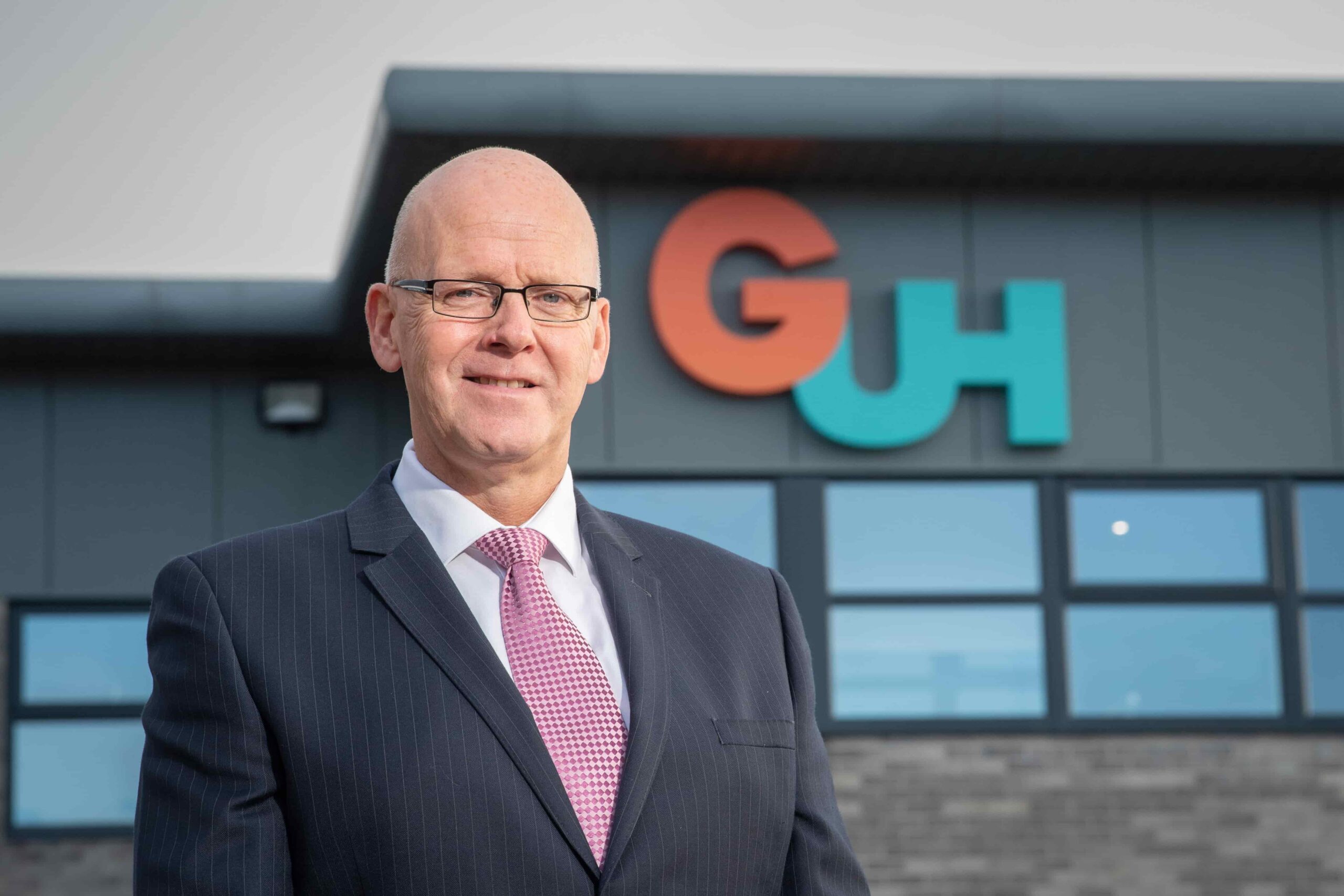GUH Launches Guidelines for Undersea Cables to Tackle Failures which Could Derail Global Wind Ambitions
Global Underwater Hub (GUH) is today publishing guidelines for undersea cable monitoring as a step towards improving the resilience of critical undersea energy infrastructure.
The trade and industry body, which represents the UK’s £9billion underwater industry, will unveil the guidelines at its Subsea Cable Insurance Conference in London 2nd of July. The annual one-day event focuses on improving cable reliability and performance to make them more insurable. This year’s conference brings together insurance companies, developers and the supply chain to explore the main causes of failure, proactive interventions, and integrity monitoring management.
The guidelines are the result of extensive work between GUH and leading industry providers to develop recommendations for best practice in the selection, installation, and use of cable monitoring systems that will improve the health and performance of vital undersea cables which are highly susceptible to catastrophic failures.
As offshore wind capacity ramps up, the integrity and reliability of undersea power cables become increasingly critical. These cables are the lifelines that connect offshore wind farms to onshore grids, ensuring the seamless transmission of electricity generated by wind turbines.
Current cable failure rates however could derail global offshore wind ambitions. Analysis by leading energy data company, TGS, suggests that failures are expected to triple over the next ten years. The Offshore Wind Industrial Growth Plan highlights a requirement to reduce cable failure by around 80%.
Neil Gordon, chief executive of GUH said: “Cable monitoring is an essential part of maintaining these vital offshore wind components but traditional inspection methods are time-consuming, reactive and costly and can miss early signs of damage. Persistent rates of failure highlight that current methodologies are not suitably addressing the issue. These guidelines will act as an open standard for the selection, installation, and use of cable monitoring systems, addressing areas not adequately covered by existing standards. The recommendations are technology-agnostic and aim to establish best practices for developing new systems, selecting systems for new or existing fields, and responding to data-driven alarms.”
The document provides a comprehensive overview of cable monitoring practices from the initial stages of cable design and manufacture through their operational lifecycle.
Mr Gordon added: “Robust cable monitoring systems are key to energy security. By ensuring the reliability and availability of power transmission, the risks associated with cable failures, including significant downtime and financial losses, can be mitigated. Continuous monitoring provides operators with the data needed to make informed decisions, ensuring that any anomalies are addressed promptly, thereby maintaining the stability and security of the energy supply.
“By adopting advanced cable monitoring technologies, we can significantly reduce the inspection burden. These technologies enable continuous, real-time monitoring of cable conditions, allowing for early detection of potential issues and reducing the need for frequent physical inspections. This, in turn, will lead to lower cost preventative maintenance strategies and offset the dramatic effects of failure.”
The publication of these guidelines is a step forward in GUH’s concerted efforts to bring industry together to improve the reliability and performance of undersea power cables. Earlier this year, GUH published a White Paper which set out the challenges and presented a solution for how the UK can tackle cable performance and reliability and, through first-mover advantage, become a global centre of excellence for subsea cable systems in floating offshore wind.
GUH has since established the UK Subsea Cable System Forum to influence standards and policy that reduce risk and increase performance of undersea cables. The forum, through an agreed roadmap, led by an industry steering committee and working with partners across the sector, is driving innovation and improvements in undersea cables from design and manufacture to installation and maintenance.
